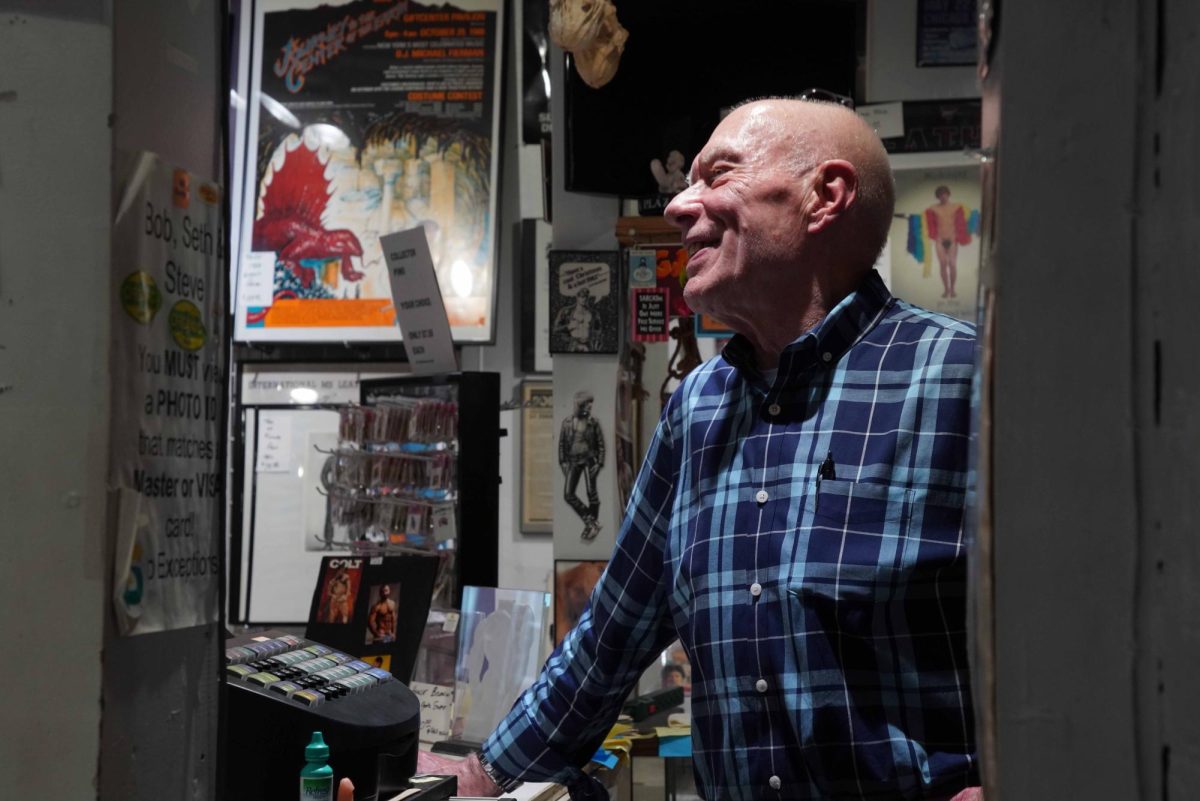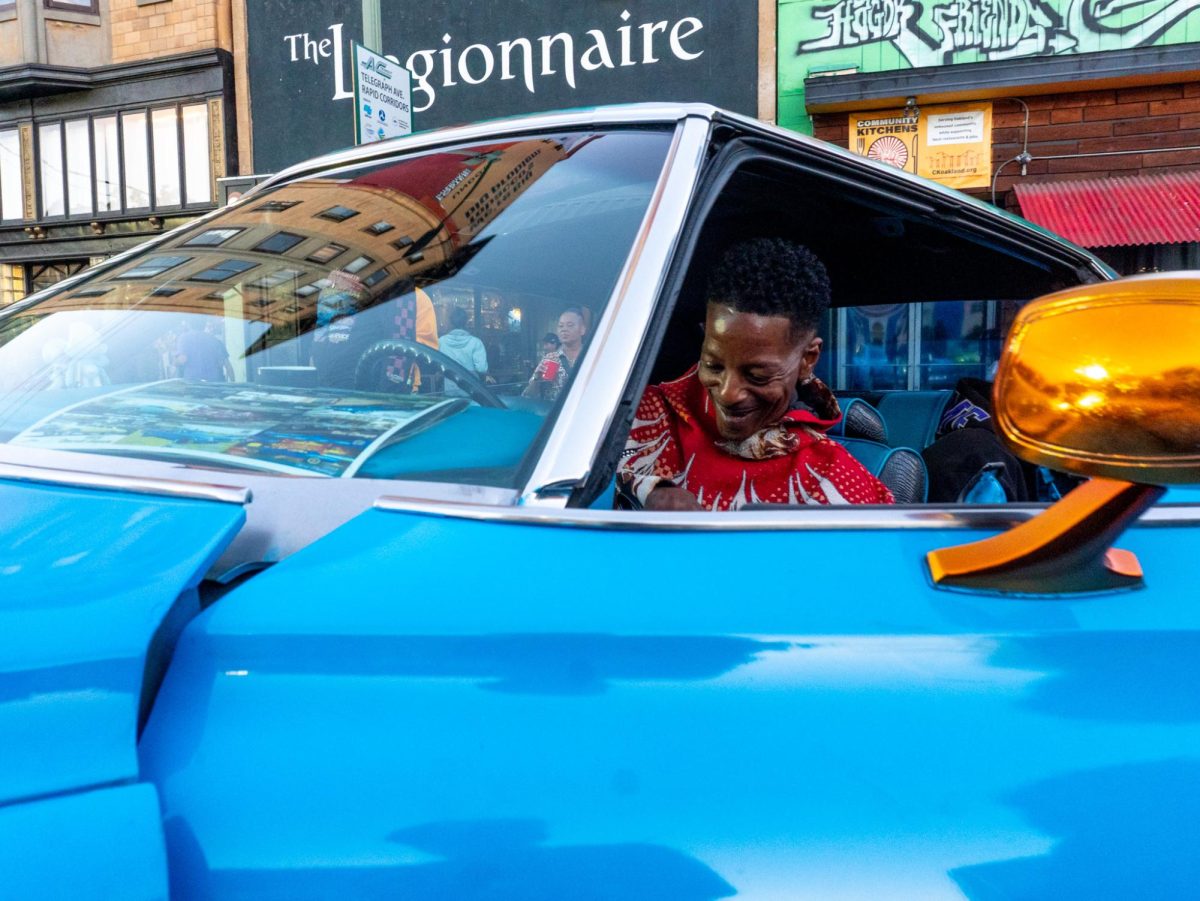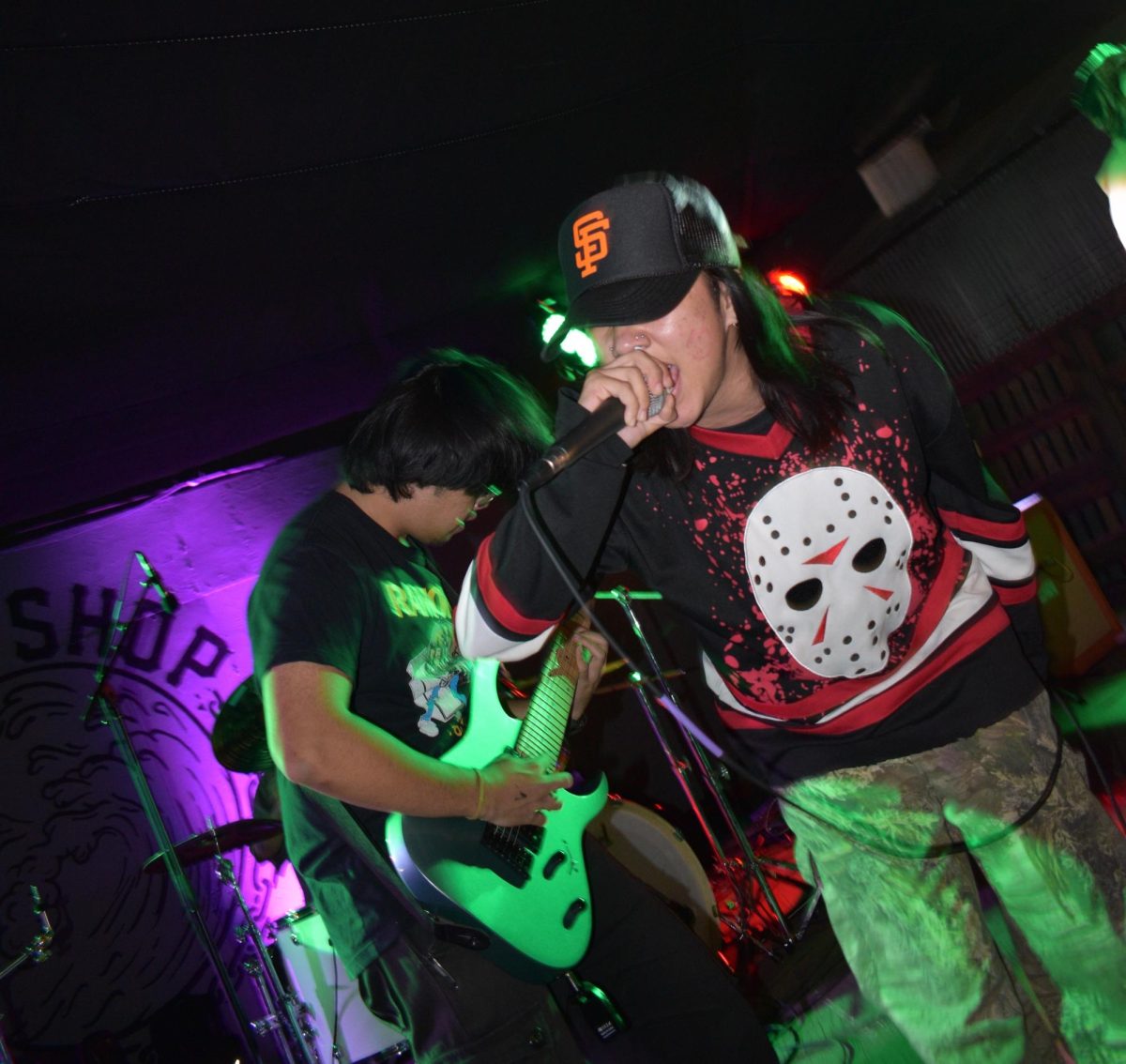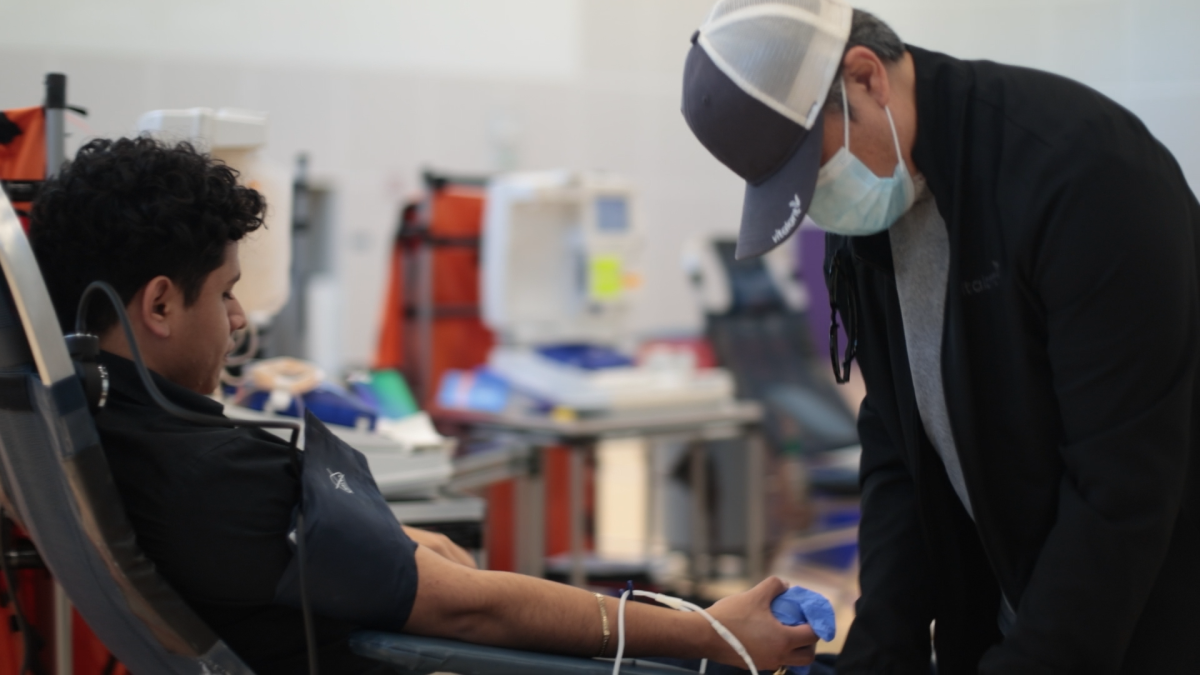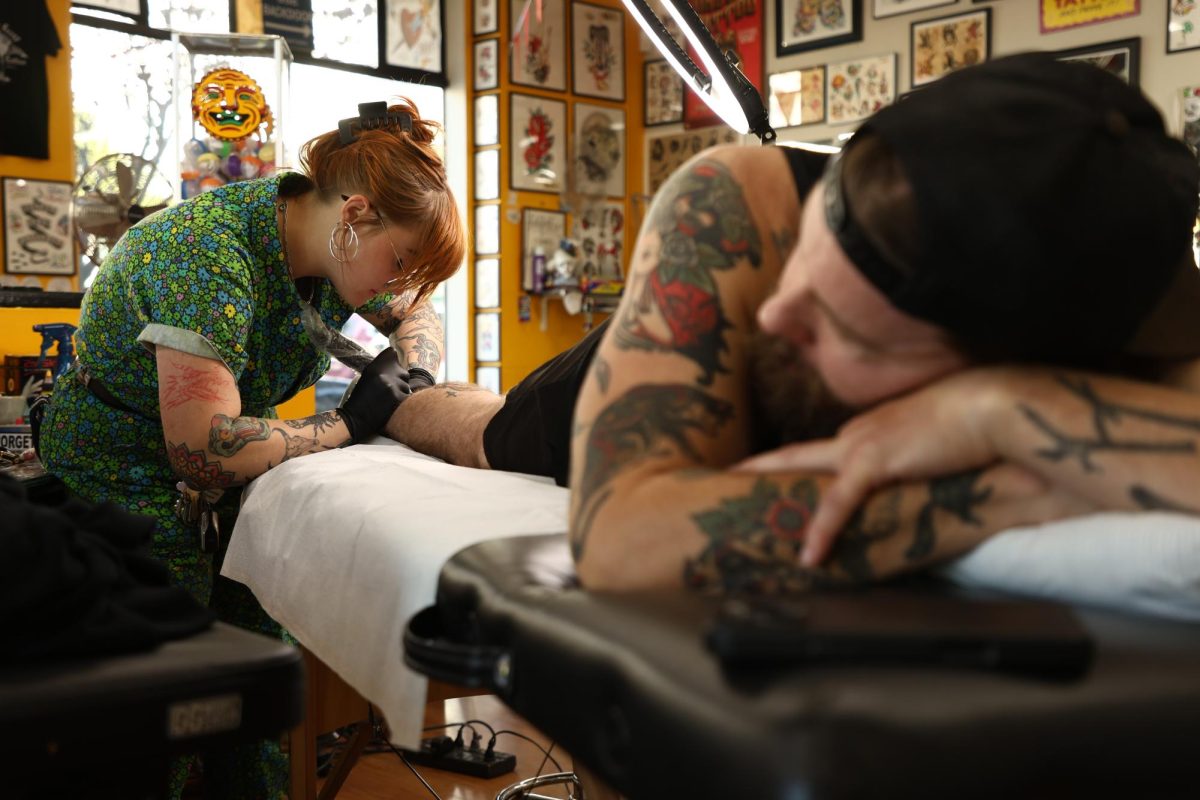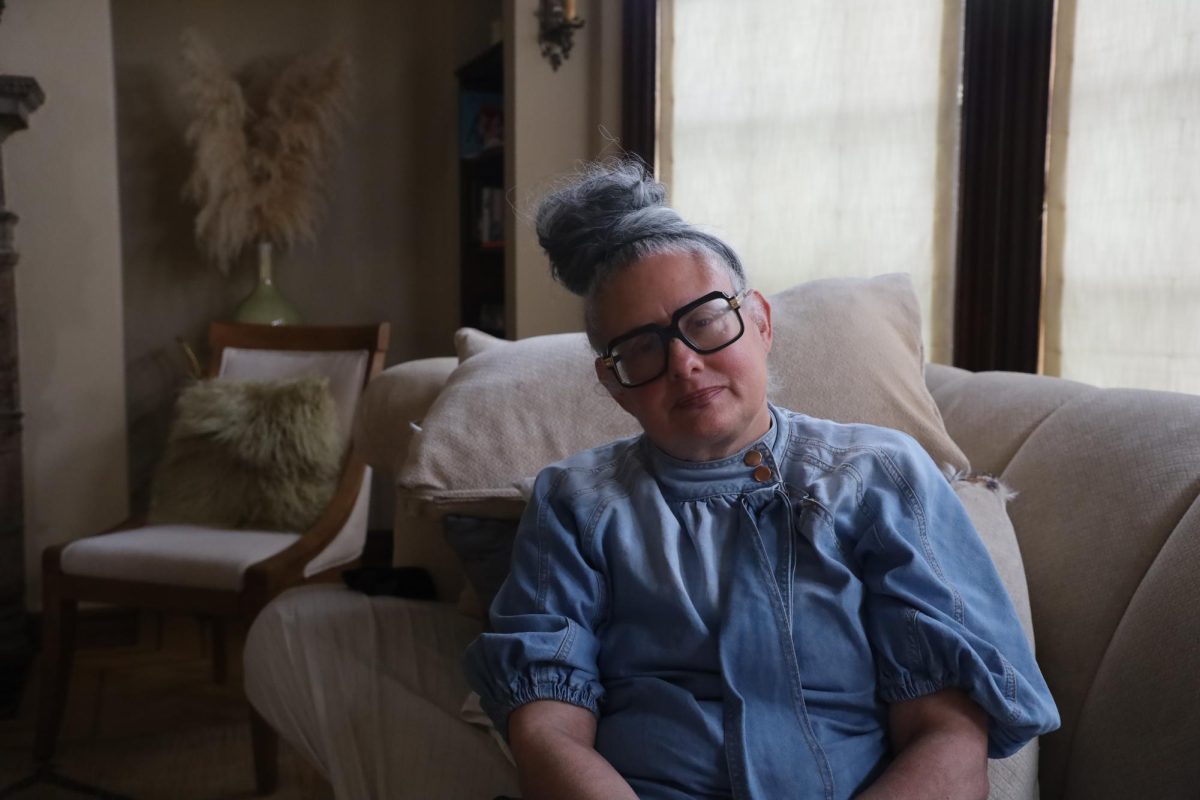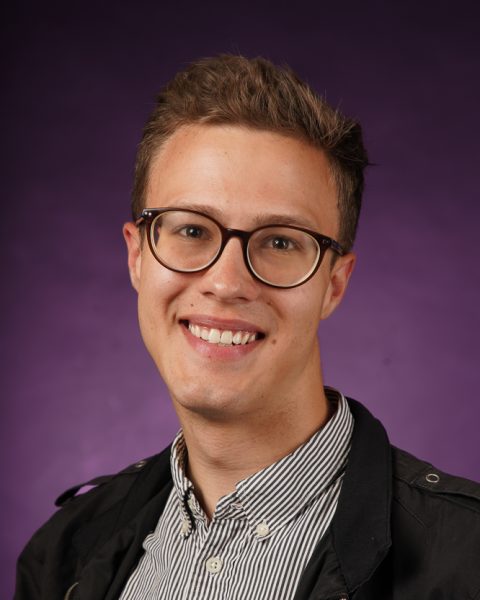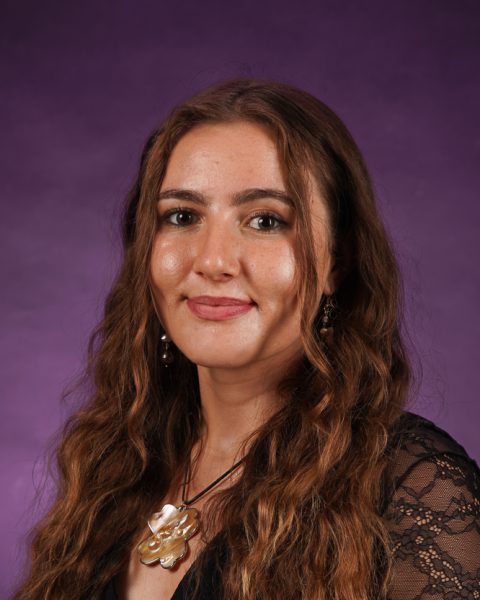There’s a quiet memorial in San Francisco’s Golden Gate Park, cradled between groves of hardy trees topped with quilted canopies. Sunlight pierces through their verdant veils, casting dappled light onto the winding, earthen paths below. At the entrance stands a white stone.
Etched into its front, a reminder: AIDS Memorial Grove.
Kept in a black frame on the walls of Patrick Batt’s Castro store, AutoErotica, is another reminder of the epidemic. Opened by Batt in 1996, you’ll find magazines emblazoned with conventionally attractive men, posters of penises attached to mustached mounds of muscle, self-help books written by gay authors for gay audiences and, boxed behind the frame, a newspaper clipping.
Headlined in a bold, black font, “AIDS IS A DISASTER, 7000 DEAD IN CITY”.
“You would see people walking down the street, twenty-something people,” Batt said, his voice tensing up. “With canes or walkers looking like they were in their 70s.”
According to data from the Center of Disease Control, Acquired Immunodeficiency Syndrome killed one in five gay men in the ‘80s and ‘90s.
The average age of death was 34.
The CDC also reported that 56% of those diagnosed with AIDS would die within two years.
Batt remembers life before the AIDS crisis took nearly all his loved ones. He remembers soirees with friends in the cozy candlelight of homes sheltered from fog, he remembers picking up beautiful men on the boulevards of Castro, but also, he remembers Kenny.
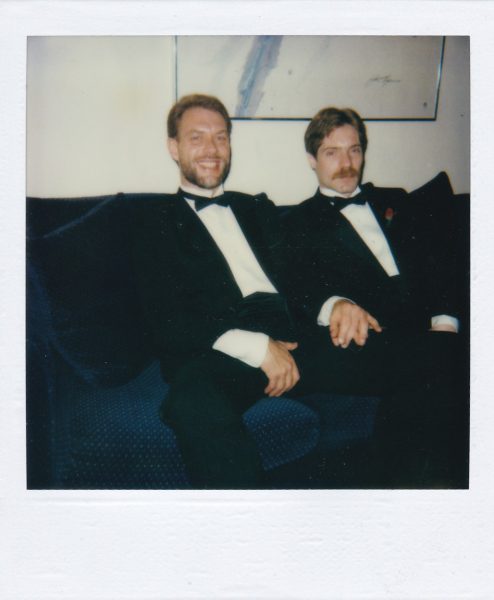
Kenny Lackey and Batt met one evening in 1980. Lackey was waiting tables, and Batt was waiting to call the phone number Lackey had written down. They were together for nine years until Lackey’s death at 35.
“The love of my life went blind, he lost all of his weight,” Batt said. “It was just horrible to watch it happen.”
He took care of Lackey while the disease impacted his body, but even 35 years postmortem, the memory of their love lives on.
A few doors down from Batt’s shop is the home of Tom Lucas, a tall man whose rectangular glasses push up to his eyebrows when he smiles — something he does pretty often. His house is filled with books, pictures of family and the sounds of a wind chime.
Lucas was a medical social worker during the height of the AIDS epidemic who often gave patients spiritual or emotional support as they died. At the beginning of the epidemic, he remembers how the disease drove American society into fear.
“We didn’t know the transmission process,” Lucas said during an interview conducted in May. “Can you get it from shaking their hands? Being at [the] bedside with them? That never seemed to bother me.”
In an Oakland hospital room filled with fluorescent light and by the bed of a dying woman he didn’t know, Lucas experienced a moment he’d never forget.
“She was a very lively person,” Lucas said. “And she said, ‘I can tell that you’re nervous, put that aside. The fact that you’re here — it’s all it takes. You don’t need to tell me anything, I know you don’t have any ability to make it better. It just makes a difference that you’re here.’”
That interaction informed him of his purpose, which he said wasn’t to heal, but rather to show up and listen. A sense of community was a final comfort to those dying of AIDS, and activists like Lucas were more than just a comfort.
They represented hope.

Many others like Lucas would feel inclined to help their community during the crisis, John Cunningham, the CEO of the National AIDS Memorial, explains.
“Individuals found their own journey and their own place where they could become engaged in the movement,” Cunningham said. “Some of it was in the form of marching in the streets and protesting. Some of it was feeding and caring for your neighbor. Some of it was starting nonprofits to meet the unmet need.”
Mike Shriver, a legend in the gay community, is an organizer who was involved in the AIDS Coalition to Unleash Power movement, known as ACT UP. He’s lobbied for AIDS funding in the Capitol, served on the boards of various HIV/AIDS organizations and even advised San Francisco Mayor Art Agnos. He says he does it all for his friends who are no longer here.
“I just threw myself into work and activism,” Shriver said. “Because to stop and catch my breath would mean I would have to start grieving and really process. You know, we had a job to do.”
Shriver is the only one alive out of his friends from that time. He is also HIV positive, something he’s lived with for 38 years.
“I would grieve later, I would collapse later, I would process later,” Shriver said. “But, for now, just push through. One thing that really gave me hope was I have a really deep-seated faith in community. I think we are better as a community than as an individual.”
Although Batt says he isn’t an activist, in 1977 he made headlines when he was fired for being gay by his employer in Wisconsin. His dismissal and subsequent contestment ignited the Supreme Court Case Patrick Batt, Petitioner, v. Marion Heights, Inc. In the end Batt lost the case, but it would later be used as an example to support Wisconsin’s non-discrimination in the workplace ruling in 1982. It was the first state in the nation to implement such laws.
“It was just part of my, not being a gay liberationist, per se,” Batt said. “But a ‘How dare you? How dare you fuck with my life?’”
According to the San Francisco Public Health Department, the collaborative efforts of LGBTQ+ social organizers across the United States helped curb the epidemic. In 2023, there were only 133 new cases of HIV, recorded in the city.
Amidst the winding paths, waving woods and wandering people of the AIDS Memorial Grove is the Circle of Friends. It’s a memorial located in the heart of the grove – with thousands of names scribed in a circular pattern. In an intentionally blank space in the middle of the memorial, a bouquet of lavender tenderly rests in sunlight.
“I loved him,” Batt said, pointing to a Polaroid picture of Kenny Lackey and himself sitting on a couch.
Contained within four corners, frozen in time, Lackey smiles while held tight in the arms of his boyfriend: young, happy and in love.



